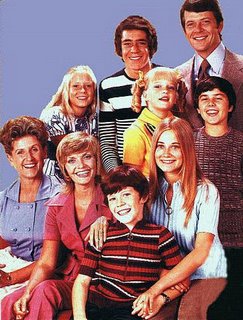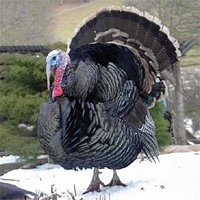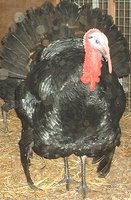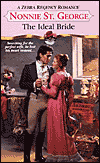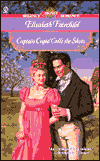I recently wrote an article on the romance genre for The Editorial Eye, a newsletter for people fascinated by the minutae of words, English usage, and grammar. My point was that just because romances are popular, prolific, and have silly covers, it doesn’t necessarily follow that they have no literary merit. Part of the article was this quiz. Can you identify the romance excerpt? And, for extra credit, can you identify any of the writers or books? Answers will be posted in a day or so.
1. She began to go out along the rocks, very fast, holding her arms wide to balance herself, half-running, half-striding. He went after her. Another tall wave bowed, jarred, cracked and whispered at her feet. She turned to him a face he had never seen, blindly smiling, wild, white and wet.
2. Since she was not winning strikingly, the next best thing was to lose strikingly. She controlled her muscles, and showed no trembling of mouth or hands. Each time her stake was swept off she doubled it. Many were now watching her, but the sole observation she was conscious of was [hero’s], who, though she never looked towards him, she was sure had not moved away.
3. He deemed me born under his star; he seemed to have spread over me its beam like a banner. Once—unknown and unloved, I held him harsh and strange; the low stature, the wiry make, the angles, the darkness, the manner, displeased me.
4. Black pearls popped and flew everywhere. They bounced well; they bounced high. They rolled magnificently across the deck in every direction, as well as off the deck and down onto the next—a quick, nacreous spill swallowed up into the wet night, the roll and clatter smothered almost instantly by the hiss of the ocean.





